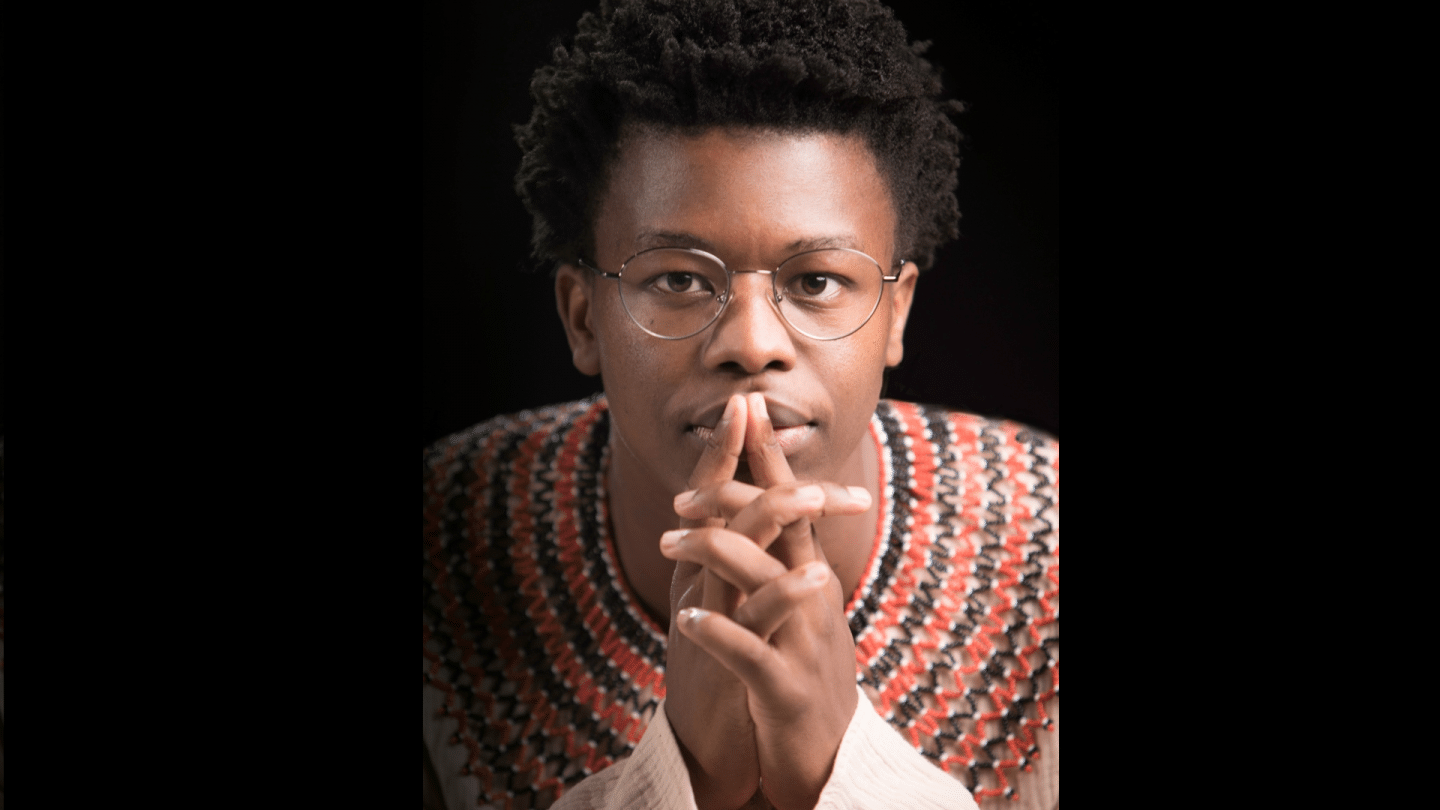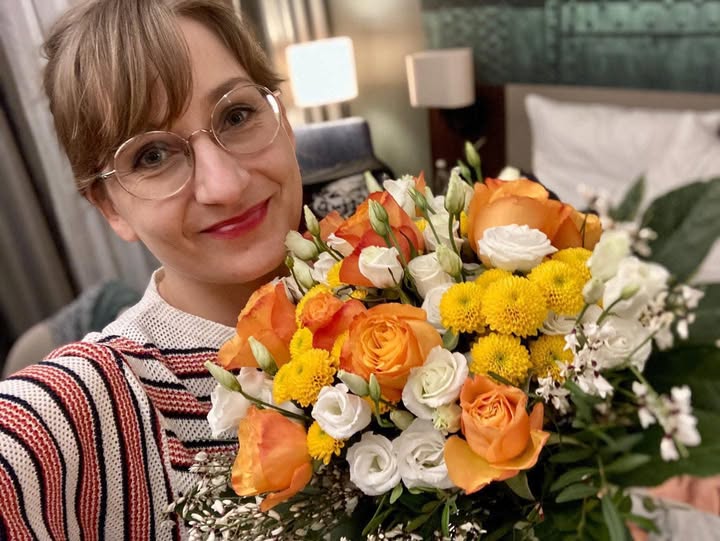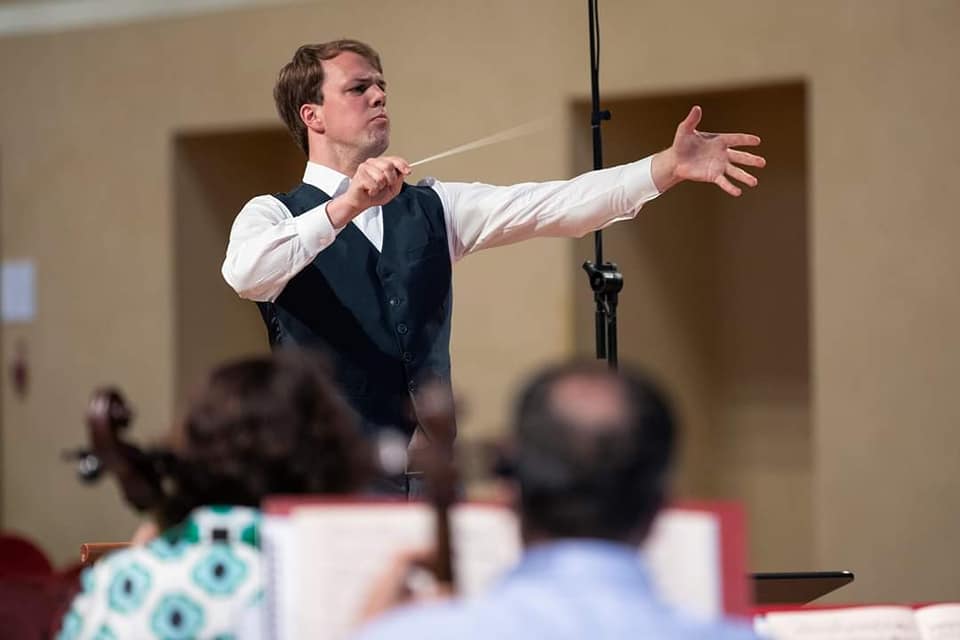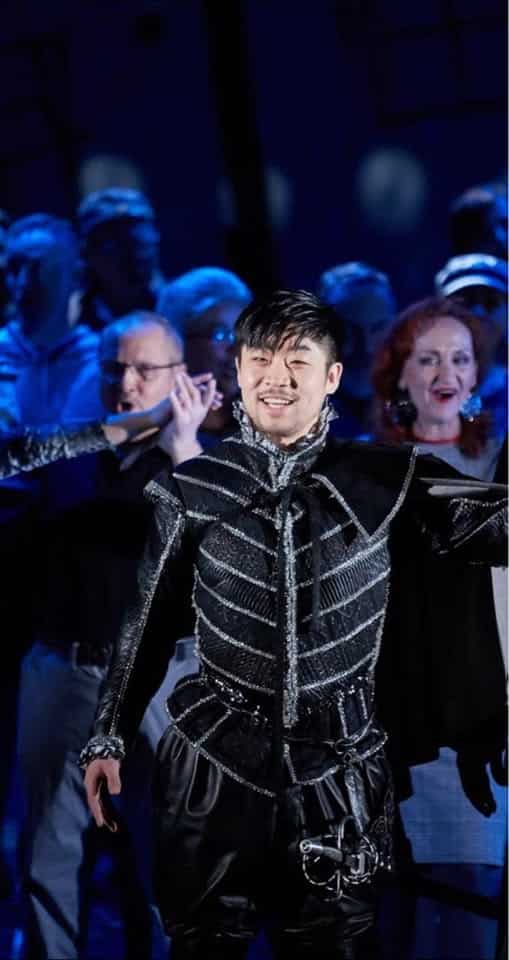Alastair Macaulay: Who needs artistic directors?
Alastair MacaulayOur ballet critic was down at Covent Garden last night, watching new talents rising:
by Alastair Macaulay
What’s bold about this February’s Festival of New Choreography at Covent Garden is that the Royal Ballet hasn’t asked its leading house choreographers – Wayne McGregor and Christopher Wheeldon – to contribute. The season would be better labelled Choreographers New Here; and the company is taking a real risk. (It’s also lowered its prices considerably. Seats usually costing over £100 cost less than £50 this time.) The four pieces of the main house’s new quadruple bill have been created by people making their house debuts as choreographers. Each ballet is introduced by a short black-and-white film that, briefly, sensibly, introduces us to the choreographer and to her or his notions of what she or he intends. This (a device often used in New York since 2008) is effective: it does much to get us on side before the choreography even begins.
Given the premise of such a quadruple bill in 2024, you could have predicted that two works would be by women, that at least one would be by a person of colour, that we would see some same-sex partnering, and that any work by a choreographer trained in the Royal Ballet would be madly busy. And yes, on Thursday, you’d have been right.
None of the new quartet is superlative, but the South African choreographer Mthuthzeli November’s “For What It’s Worth” is the most large-spirited and most refreshing: Mayara Magri leads a cast of three men and five other women, who bend, arch, and travel in all directions around the stage, using their torsos as vividly as their arms and legs. It’s also the most beautifully dressed, with marvellously bright combinations of contrasting colours in gorgeous fabric.
November (pictured) makes two mistakes in his filmed interview: he implies he’s new to ballet, whereas he has worked at Ballet Black and with various other British ballet dancers; and he speaks of taking inspiration from music by Miriam Makeba (“Mother Africa” as he admirably calls her), whereas the score he uses, by himself and Alex Wilson, sounds largely European in its metres and textures. He also makes the mistake of over-fancy lighting by Zeynep Kapekli, who keeps distracting us with a rig of sixteen orange lights that descend and rise, tiresomely. Still, “For What It’s Worth” is a highly appealing essay in generosity and intensity, all skilfully paced. And it has a good sense of both ballet footwork and of how ballet can address space while releasing the human spirit.
Much more flawed, but also appealing, is the American choreographer Jessica Lang’s “Twinkle”, in which the pianist Kate Shipway plays the Brahms Wiegenlied and Mozart’s variations on “Ah vous dirai-je, maman” (“Twinkle, Twinkle, Little Star”). Lang says she knows the Brahms is a lullaby, yet she gives William Bracewell a solo to it that’s all allegro activity, as if Lang were not inducing sleep but, like Macbeth, murdering it. I suppose “Twinkle” is a somewhat better title than the late Sean Lavery’s often-revived “Twinkliana” ballet (1990) to the same Mozart, but Lang’s dances pay less (a lot less) heed to the enchanting range of rhythmic and harmonic games that Mozart’s variations conjure from the old tune. Lang too often encourages her Royal Ballet dancers to be cute (something to be avoided at all times), with high-fives and eager grins. And when prima Fumi Kaneko wields her super-bright smile across the Royal Opera House, as she plentifully does here, the spectacle is fierce, synthetic, and terrifying.
Even so, there are many happy moments during “Twinkle”: travelling and rhythmic dance moments (some of them casually and pleasantly same-sex). I hope I’m right to identify Sae Maeda as the most enchanting of the four women soloists, but Lang gives highly individualised and often challenging solos to all her cast of ten. Kaneko’s partner, William Bracewell, looking nearly naked in a flesh-toned top and white tights, is never cute but always animated. All the personality he has emerges through his wonderfully varied and vividly elegant dancing. “Twinkle”, unimportant but highly affable, believes in its dancers, on the whole rewardingly.
Those two ballets occur after the interval. The programme opens with the British born Gemma Bond’s “Boundless”, which is busy in the most tiresome British way (even though Bond has lived and worked in America most of this century) to a singularly hard, rapid, unappealing, and brass-heavy score by Joey Roukens, “In Unison” (it’s not in unison, of course). Bond is not without sophistication: she knows much about the spatially complex traffic-control aspect of choreography, and she keeps emphatically nailing her dance rhythm onto the music’s rhythm. And so what?
Better, I suppose, is the Netherlands choreographer Joshua Junker’s “Never Known”, which is earnest and mainly about groups in space, with imagery that suggests a totalitarian state where people have little liberty. Even when two men get to dance alone together, they lack freedom, let alone joy.
It’s impressive how often “Never Known” has its dancers facing upstage – ballet tends to be shy of that – and Junkers is so skilled in traffic control that it’s often remarkably hard to count how many dancers are onstage. But even when these people are facing out front, they seem faceless, and lack scale. They also lack footwork. The music, by Nils Frahm and Vikingur Ólafsson, is taped and technological. The dancing looks taped too.
Thursday night’s audience contained a greater number of young people, and people of colour, than your average Royal Ballet attendees. The programme teaches an important lesson: good choreography is less about moving people cleverly in time and space than it is about quality of spirit. That’s a lesson the Royal Ballet has often chosen to ignore, but here’s hoping. “For What It’s Worth” has much to teach.






Is this something new here? We have seen the major ballet companies support events for new choreographers here (Canada) for years.
Did I miss something? I am looking for the quote about artistic directors?
We need artistic directors far more than we need Alastair Macauleys.